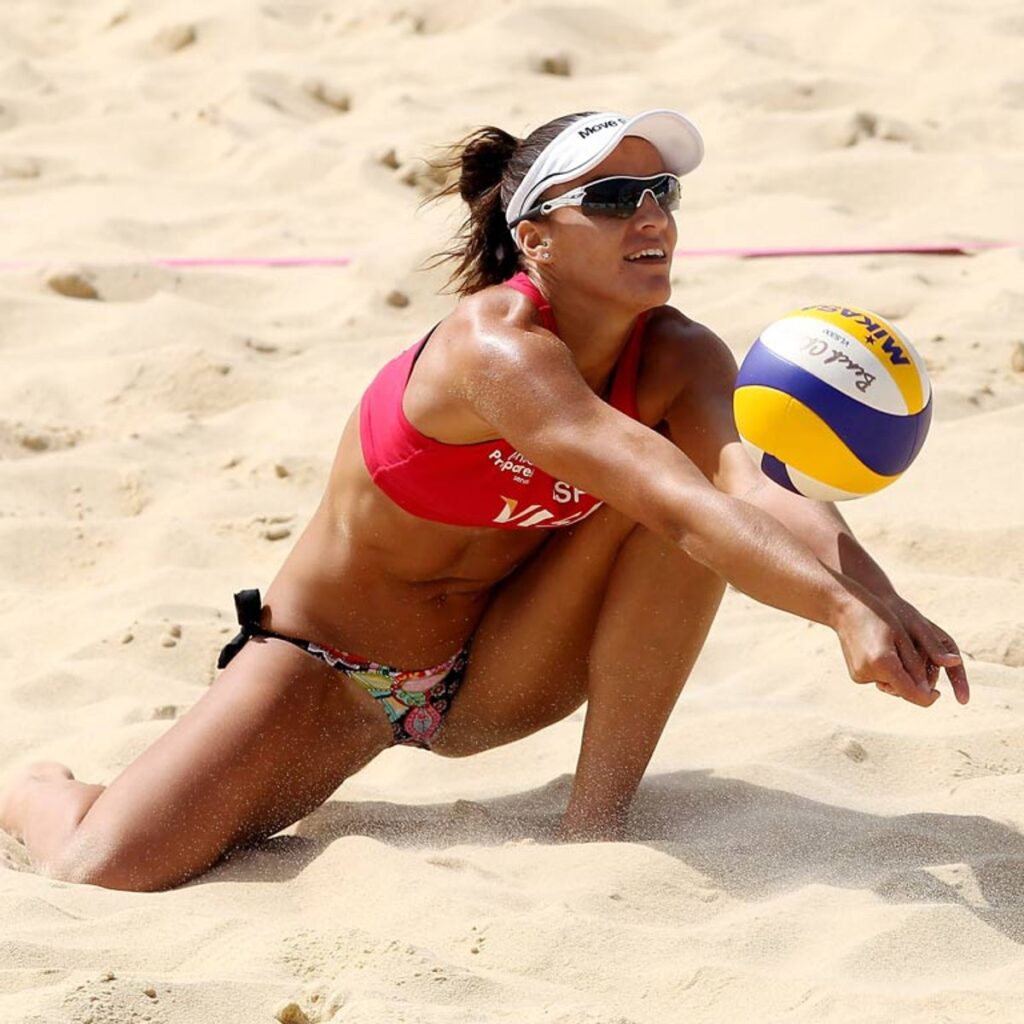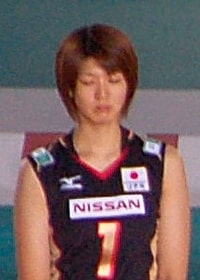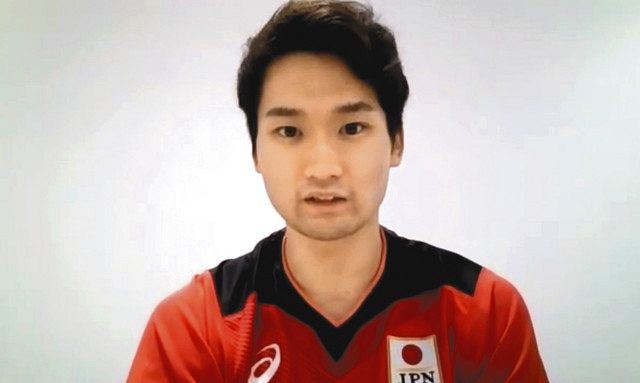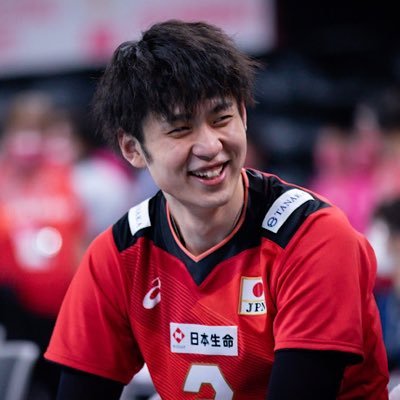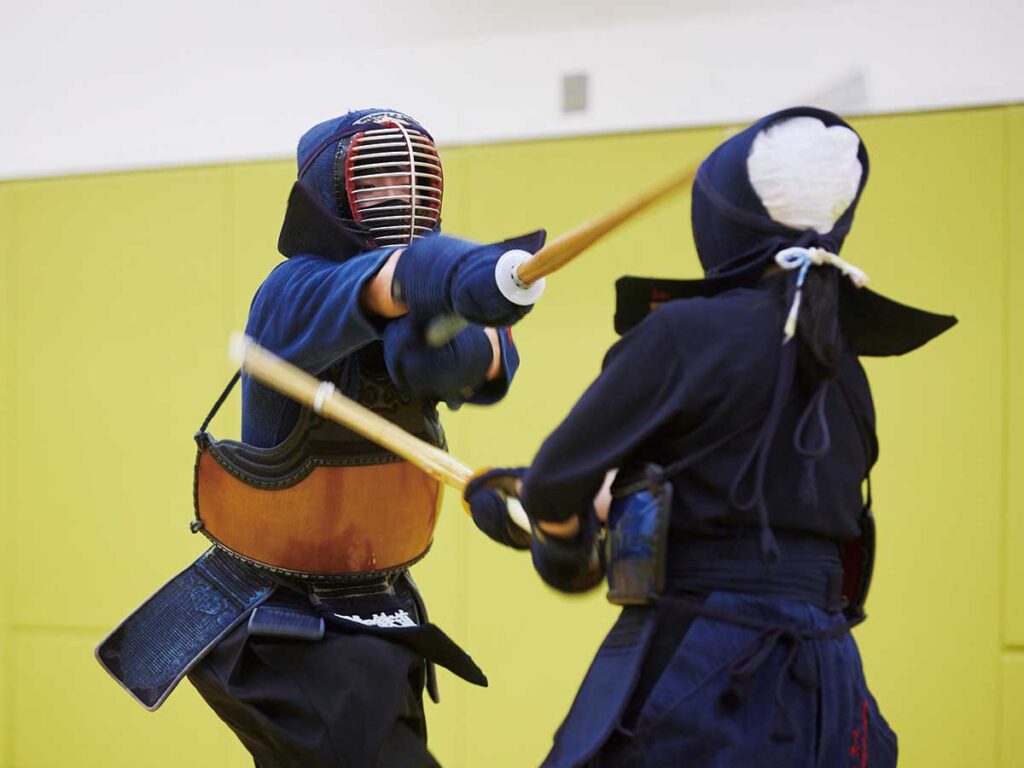
Kendo is a martial art that requires not just physical technique, but also mental focus and strategic thinking.
In particular, the technique of “Kirigaeshi” is considered to be one of the important factors that determines success in Kendo.
Switching is the technique of quickly transitioning from attack to defense or vice versa, and is the key to controlling the flow during a match.
In this article, we will explain in detail the basics of Kibutakaeshi in Kendo, as well as its tips, and provide concrete methods for both beginners and experienced players to improve their techniques.
We aim to improve your Kendo skills by introducing effective practice methods that readers can immediately apply in actual practice or competitions.
目次
Basics of cutting back in Kendo
Technical explanation of cutback
In kendo, “kiri-kaeshi” is the technique of quickly changing posture or movement during or after an attack, or in response to an opponent’s attack, and moving into a new attack or defense.
This technique uses leg movements and body rotation to effectively adjust position. Cutbacks are also used to parry an opponent’s attack and take advantage of that flow to immediately counterattack.
Technically, the switch requires a quick shift of weight while maintaining balance, which requires a high level of concentration and physical control through practice.
The importance of cutting back and its effects
Cutting back in Kendo is an important technique that is directly linked to the outcome of the match.
This movement allows you to break the rhythm of your opponent’s attack and take control of the match.
Cutbacks also allow you to quickly switch from a defensive situation to an offensive position, and serve as a way to keep pressure on your opponent.
Furthermore, from a technical standpoint, Kiwakaeshi trains your body’s flexibility and reaction speed, which also contributes to improving your overall Kendo technique.
For this reason, learning and refining the technique of cutting back when practicing kendo is considered a very worthwhile endeavor.

What are the tips for turning back?
Key points for successful reversal
There are several important points to keep in mind in order to be successful in Kiwakaeshi in Kendo.
First of all, correct posture and balance are fundamental.
If your posture deteriorates during a cutback, the speed and accuracy of your movements will decrease, making it impossible to make an effective cutback.
Next, it is important to make foot movements quickly and accurately.
Cutbacks rely heavily on foot speed, and by changing position with quick steps, you can throw off your opponent’s timing.
It is also important to synchronize the timing of your breathing and movements, which allows you to switch back quickly while remaining relaxed.
Tips and hints for practical use
There are some practical tips that will come in handy when performing Kikkaeshi in practice or in a match.
One is to always anticipate your opponent’s movements and be aware of taking the first move.
If you can read your opponent’s next move, it will be easier to determine the timing for a counterattack.
Also, by making frequent use of switchbacks, you can keep pressure on your opponent, making it easier to control the pace of the match.
In practice, you are encouraged to try switching back and forth at different speeds and rhythms to increase your ability to respond to a variety of situations.
Finally, when practicing switchbacks, it is important to not only practice drills alone, but also practice specific scenarios with a partner.
This allows you to hone your skills in a way that is more similar to actual combat.

Practice methods to strengthen your cutbacks
Drills for beginners to advanced players
Practice to strengthen kendo’s cutting technique is performed in stages from beginner to advanced.
For beginners, it is important to start with basic footing and posture. Start with a simple forward and backward drill, and gradually add back-and-forth motions.
Specifically, it would be a good idea to practice returning quickly to the origin after moving from point A to B.
For intermediate players, more dynamic drills are effective. Practice switching back and forth at different distances from your opponent to improve your speed and accuracy.
For example, there is a drill where you face your partner, have a light exchange, and then immediately switch back using a randomly called signal.
Advanced players are required to practice repeatedly in a manner similar to actual combat.
Through practice in a match format, we will try to apply switchbacks in real time.
Train yourself to read your opponent’s movements so that you can immediately make counterattacks in a real match.
Techniques to strengthen Kikkaeshi in daily practice
In your daily practice, it is important to regularly incorporate exercises that specialize in strengthening Kishikaeshi technique.
As a technique, it is recommended that you dedicate a specific amount of time during your daily practice to Kiwakaeshi drills.
For example, by concentrating on the Kiwakaeshi movement for 5 minutes at the beginning of your practice, your body will naturally get used to the movement.
Also, in order to improve the accuracy of the cut, it is necessary to pay attention to your posture and breathing.
By performing with the correct posture, you can efficiently transmit force and reduce fatigue. By synchronizing your breathing with your movements, you will be able to switch back more smoothly and quickly.
Finally, repeated practice is essential to improving your cutting technique.
By repeating the same movements over and over again, your body will learn how to move naturally, and you will be able to react naturally during a match.
This kind of daily effort will lead to improvement in Kendo.

summary
The technique of “cutting back” in kendo is an important skill for quickly switching between attack and defense to control the flow of the match and keep pressure on the opponent.
In order to learn and improve this technique, you need practice methods for different stages, from beginner to advanced.
- Beginners should stick to the basics : learn the basics of foot movement and correct posture, and learn basic kikaeki.
- Intermediates improve reaction speed with dynamic drills : Intermediate drills to improve speed and accuracy in more complex scenarios.
- Advanced players focus on practice simulating actual battles : Through match-style practice, they hone their timing and strategies for turning back.
In your daily practice, it is effective to set aside time to focus on kikikaeshi drills and to be conscious of your posture and breathing.
This is expected to automate the technology and improve reaction speed.
Additionally, kendo’s cutting requires not only technical skills, but also mental concentration and predictive ability, so practicing a combination of these elements will lead to overall improvement.
As a kendo technique, cutting is directly linked to the success of a match, so it is important to pay special attention to its practice and application.
